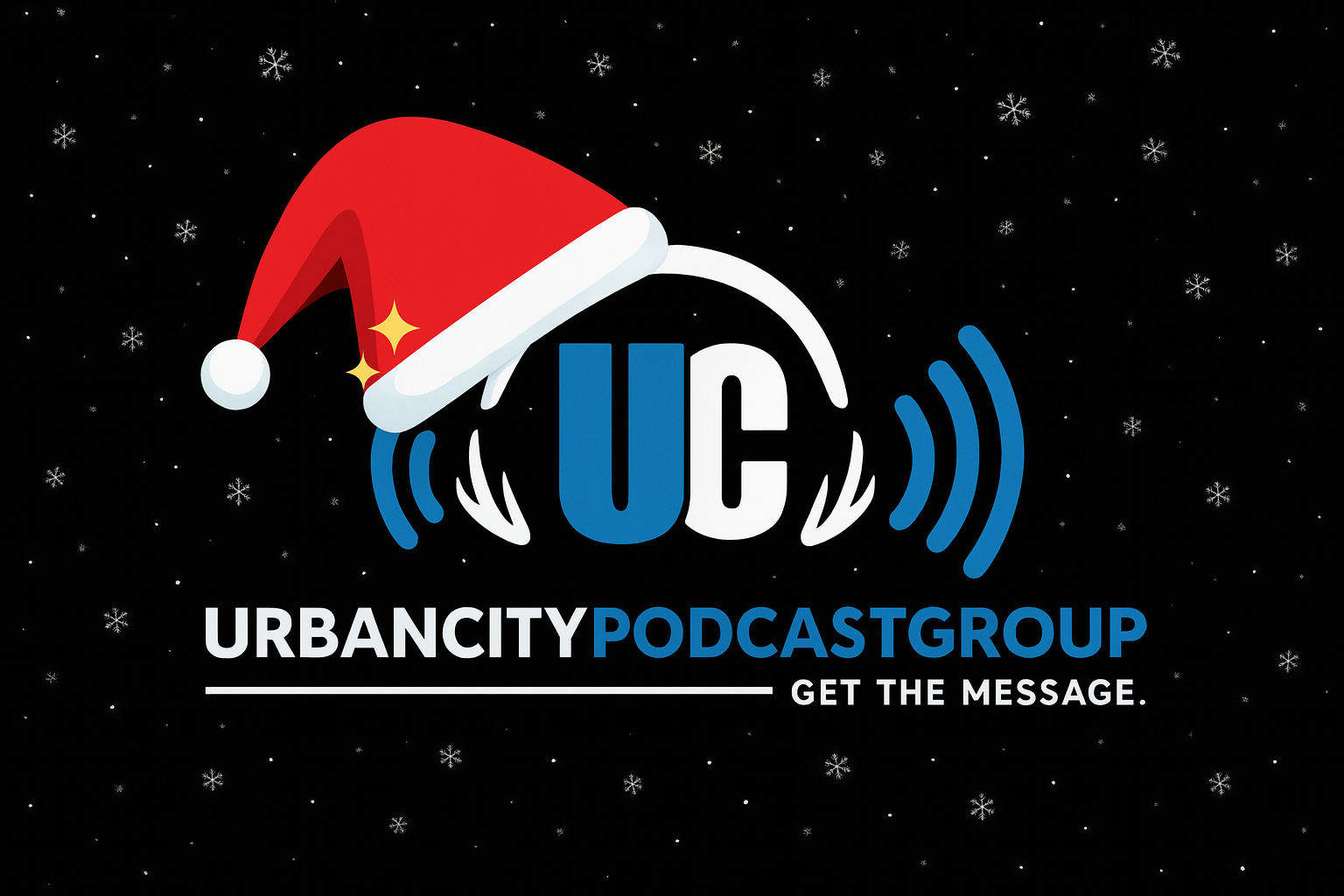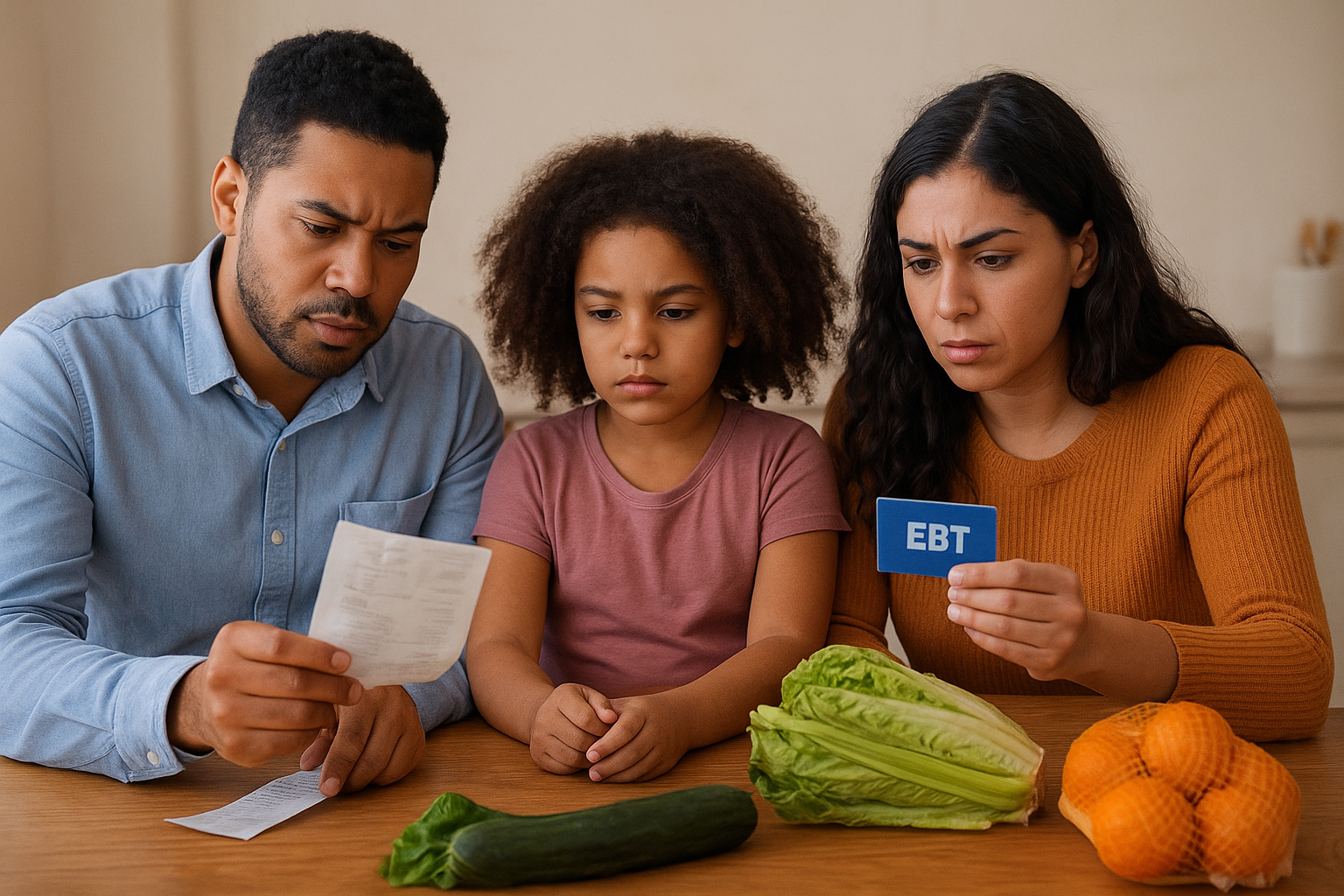Major Takeaways
[insert/paste bulleted list here]
Key Facts About Trump’s Proposed $2K Stimulus Timeline
WASHINGTON — As the holiday season approaches, questions about the possibility of a new round of direct federal payments have resurfaced, driven by President Donald Trump’s public proposal to issue what he has described as a $2000 tariff dividend to most Americans.
The idea has generated widespread attention across social media, political forums, and economic circles, with many households wondering whether the promise could materialize in time for Christmas. A review of the available information, budget data, federal procedures, and statements from both government officials and independent analysts shows that such a payment will not arrive before the holidays.
Beyond the timing, the broader question is whether the proposal is economically feasible, legally viable, or politically positioned to advance in the coming year. This report examines the plan in depth, detailing how the proposal emerged, the mechanics behind it, the funding questions it raises, and what steps would be required before any payments could be issued. President Trump introduced the idea of a $2000 per person payment by linking it directly to United States tariff collections. Unlike prior stimulus checks funded through emergency spending bills, the president framed this version as a dividend derived from money the government already collects on imported goods. According to the administration, tariff revenue has risen sharply over the past two years, creating what officials described as an opportunity to redistribute a portion of those funds directly to Americans.
While announcing the concept, Trump positioned the payment as a recurring benefit rather than a one time stimulus. He emphasized that high income earners would be excluded, though the threshold for that definition has not been publicly specified. Officials have also not confirmed whether families with children would receive additional funds or whether the payment would be adjusted for household size.
Economists and policy analysts have noted that the dividend concept reflects past discussions about sharing resource based revenue with the public, such as the annual payments issued through Alaska’s Permanent Fund. The key distinction is that Alaska’s system is built on decades of contributions from oil revenue, while the federal proposal relies on tariff income that fluctuates based on trade activity, supply chain conditions, and international policy disputes.
Central to the feasibility of the plan is the federal government’s tariff revenue. Recent fiscal year data shows tariff collections totaling roughly $195 billion, a significant increase from earlier years but still well below what would be needed to send $2000 to every eligible adult.
To illustrate the challenge, independent budget analysts estimate that a national $2000 payout would cost at least $300 billion if limited to adults, and up to $600 billion if children are included. These figures exceed tariff revenue by a wide margin, raising concerns that the proposal would require additional borrowing or supplemental funding. Administration officials have not provided a detailed breakdown of how the payments would be financed. They have instead stated that the tariff system would provide sufficient support, even though year to year tariff collections are unpredictable and dependent on global market conditions and foreign policy decisions.
That variability makes it difficult to sustain consistent dividend payments without additional funding authority. Another major factor shaping the plan’s future is ongoing litigation involving the tariffs. Several trade groups, importers, and international business coalitions have challenged United States tariffs in court, arguing that the administration exceeded its authority in imposing them or that the process violated established trade rules. Some of these cases have moved through lower courts and are now under consideration by the United States Supreme Court. A ruling that limits or reverses specific tariff measures could significantly reduce the revenue available to support the proposed dividend.
If certain tariffs are found unlawful, federal agencies may be required to modify or repeal them, further affecting revenue projections. Officials maintain that the tariff system is legally sound and that associated revenue will remain intact, but legal analysts caution that the Court’s decision could have consequences for any program dependent on tariff collections. Despite public statements, the proposal cannot advance without congressional approval.
Federal law requires that any widespread transfer of government funds to the public be authorized through legislation. This includes stimulus checks, rebates, or dividends derived from federal revenue. At present, no bill has been introduced in Congress outlining the eligibility rules, distribution method, funding structure, or administrative procedures for a tariff funded dividend.
Without legislation, federal agencies cannot begin preparatory work, allocate resources, or establish the infrastructure needed for a nationwide payout. In prior stimulus efforts, including the payments issued in 2020 and 2021, Congress passed detailed measures instructing the Department of the Treasury and the Internal Revenue Service on timing, distribution, verification, and taxpayer eligibility.
That process required weeks of preparation and coordination, even under emergency conditions. Given these established procedures, it is not possible for a new payment to be issued before Christmas. To deliver payments by the holidays, legislation would have needed to pass months earlier, allowing the IRS to update systems, verify taxpayer information, coordinate with financial institutions, and prepare distribution channels. In this case, none of those steps have occurred.
Officials have instead confirmed that any payment would likely occur sometime next year, not during the current holiday season. While early discussion suggested that the dividend might take the form of a direct deposit similar to prior stimulus checks, officials have since indicated that multiple distribution methods are under review. Options include a refundable tax credit applied during tax season, a seasonal refund distributed at set intervals, a reduction in federal withholding to increase take home pay, or a digital or physical debit card. Each method carries different administrative requirements and timelines.
A tax credit approach would delay the benefit until tax season, while direct payments would require the IRS to verify eligibility based on prior filings. Without legislation, no formal planning has begun. Economists remain divided over the potential impact of a tariff funded dividend. Supporters argue that returning tariff revenue to the public could offset higher import prices, offering relief to households impacted by inflation and changing economic conditions.
Critics point to the mismatch between the proposed cost and available revenue, warning that an underfunded dividend could increase federal deficits unless supplemented by borrowing or new taxes. Analysts also note that tariffs are inherently volatile and may not provide a stable long term funding source for recurring payments.
Public response to the proposal has been widespread, fueled by extensive discussion on social media platforms. Some posts have claimed specific payment dates in December, despite a lack of official confirmation. Federal agencies have cautioned the public about misinformation and urged individuals to avoid sharing personal information with anyone claiming to expedite or secure payments. Scammers often target periods of financial uncertainty by offering fraudulent early access to government benefits or claiming to require banking information for processing. Officials emphasize that legitimate government programs do not require fees, third party intermediaries, or unofficial sign ups.
For the tariff dividend to move forward, several steps must occur. A member of Congress must introduce legislation establishing the program, detailing eligibility, funding, and administration. The bill must undergo committee review, budget analysis, and potential amendments.
Both the House and Senate must approve the final legislation. The president must sign the bill into law. The Treasury Department and the Internal Revenue Service must develop administrative systems, verification procedures, and distribution timelines.
Pending Supreme Court decisions on tariff authority must clarify whether the funding structure will remain intact. This process typically requires months and often years from introduction to implementation. As of now, the proposed $2000 tariff dividend remains a concept rather than an active federal program.
While the administration has highlighted the idea publicly, the lack of legislation, the uncertainty surrounding tariff revenue, and ongoing legal challenges create a complex policy landscape.
No payments are scheduled for the current holiday season, and officials have not identified a firm date for when or if such payments will be issued. The proposal’s future depends on congressional action, judicial outcomes, and broader economic considerations.
Urban City will continue monitoring developments including legislative activity, legal rulings, and updates from the Treasury Department to provide readers with accurate and factual information as the situation evolves.













